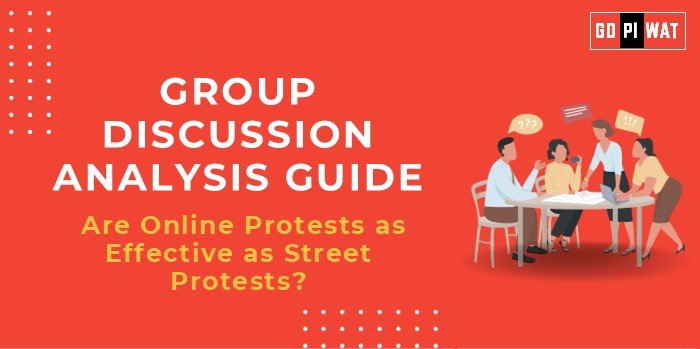📢 Are Online Protests as Effective as Street Protests?
🌐 Introduction to Online vs. Street Protests
In an age defined by digital connectivity, online protests have emerged as a potent tool for advocacy and change. From trending hashtags to widespread petitions, these digital movements bring global attention with remarkable speed. However, street protests continue to wield the power of physical mobilization and public demonstration. Understanding the effectiveness of both protest forms offers valuable insights into their roles in shaping social and political change.
📊 Quick Facts and Key Statistics
- 🟦 Hashtag Campaigns: Movements like #MeToo and #BlackLivesMatter garnered over 100 million tweets, illustrating online protest scalability.
- 🚶♂️ Public Mobilization: The 2019 Hong Kong protests saw over 1 million participants on the streets, showcasing the influence of physical presence.
- ✍️ Petition Influence: In 2022, a Change.org petition reached over 10 million signatures in a week.
- ⚖️ Policy Impact: Research indicates that 30% of online activism efforts led to policy changes.
🤝 Stakeholders and Their Roles
- 📱 Social Media Platforms: Amplify movements, often determining their visibility and reach.
- 🏛️ Government Bodies: Respond to both forms of protests differently, often with varying levels of surveillance and regulation.
- 🙋♀️ Citizens and Activists: Mobilize movements, shaping narratives through digital and physical actions.
- 📰 Media: Influence public opinion by amplifying stories from online and street protests.
🏆 Achievements and ⚠️ Challenges
🏆 Achievements
- 🖥️ Online Protests: Movements like #BringBackOurGirls gained rapid momentum and global awareness.
- 🏙️ Street Protests: Physical demonstrations such as the Arab Spring drove immediate political action.
⚠️ Challenges
- 📉 Online Protests: Susceptible to misinformation and sometimes lack tangible follow-up.
- 👮 Street Protests: Pose safety risks and face limitations from government-imposed restrictions.
🌍 Global Comparisons
- 🇭🇰 Hong Kong 2019: Street protests mobilized millions to demand democratic reforms.
- 🌎 #MeToo Movement: Online activism brought global attention to workplace harassment.
💬 Structured Arguments for Discussion
- ✔️ Supporting Online Protests: “Online protests mobilize global audiences with minimal cost and incredible speed.”
- ❌ Supporting Street Protests: “Street protests generate immediate public visibility, applying direct pressure on policymakers.”
- ⚖️ Balanced Perspective: “While online protests offer reach and scalability, street protests bring undeniable physical presence and urgency, making both essential to modern activism.”
📈 Strategic Analysis of Strengths and Weaknesses
✅ Strengths
- High accessibility and rapid sharing for online protests.
- Physical impact and media coverage for street protests.
❌ Weaknesses
- Online protests risk misinformation and fleeting engagement.
- Street protests involve safety risks and logistical challenges.
🌟 Opportunities
- Combining online and offline protests for hybrid models of activism.
- Leveraging technology for real-time coordination and awareness.
⚠️ Threats
- Government censorship and surveillance.
- Public desensitization to frequent online campaigns.
🎓 Connecting with B-School Applications
- Real-World Applications:
- Studying online and offline activism through public policy frameworks.
- Exploring social media’s role in marketing and corporate social responsibility.
- Sample Interview Questions:
- “How do digital platforms shape modern activism?”
- “Evaluate the effectiveness of online vs. street protests in driving policy changes.”
- Insights for B-School Students:
- Analyze stakeholder dynamics in activism for CSR initiatives.
- Develop communication strategies that address social issues effectively.


